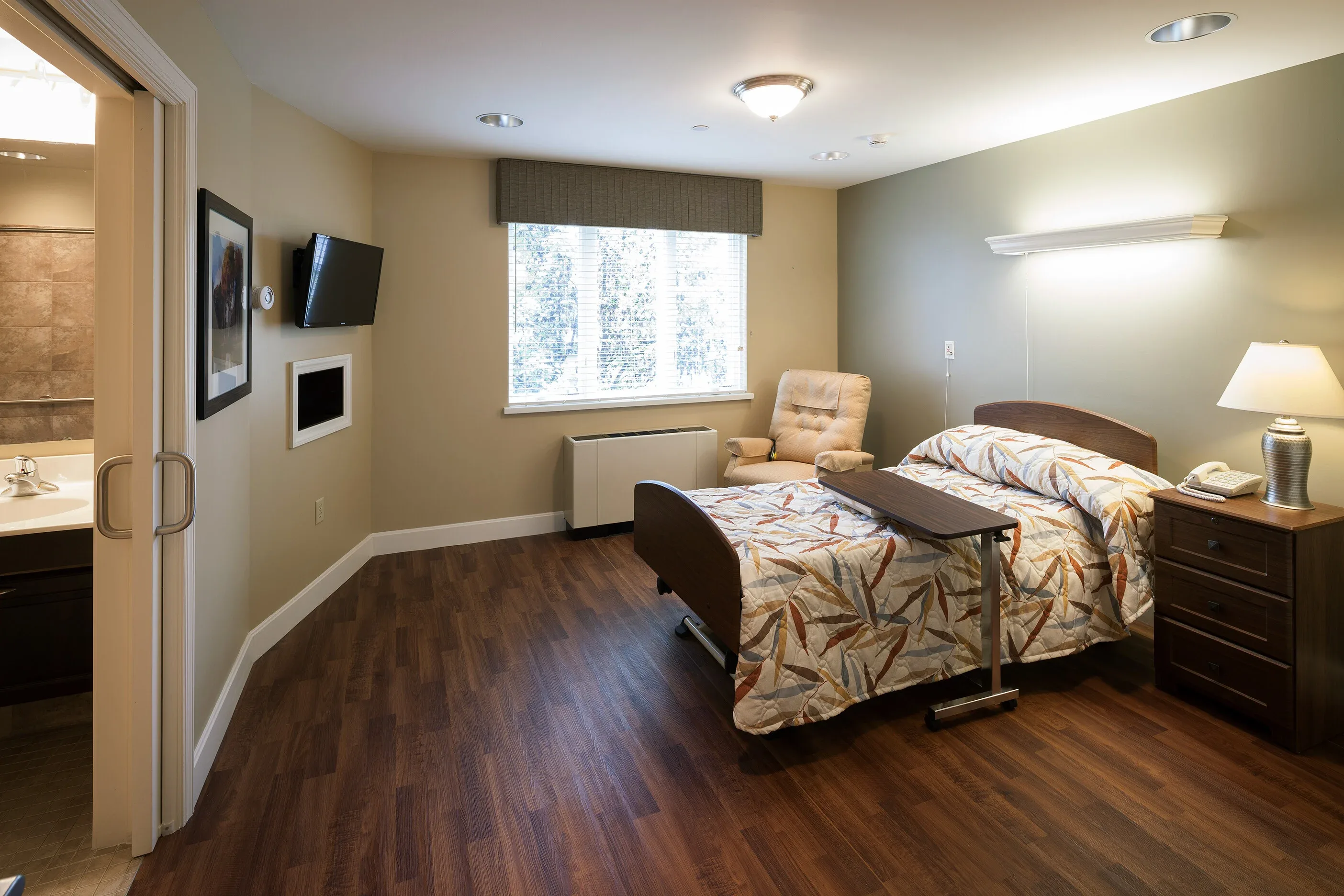Key Takeaways
- Longevity Complements Turnover Metrics: Employee longevity provides a nuanced view of staffing health in SNFs, reflecting stability, institutional knowledge, and team cohesion that turnover metrics alone fail to capture.
- Balanced Evaluations Encourage Quality Management: Incorporating longevity alongside turnover metrics allows facilities to manage underperformance without penalty, promoting accountability while rewarding long-term team stability.
- Longevity Improves Resident Care Outcomes: Long-tenured staff are better equipped to deliver consistent, high-quality care due to established relationships with residents, families, and colleagues.
- Integration into Evaluation Systems is Key: Piloting longevity metrics at the state level and including them in CMS’s 5-star rating system ensures broader adoption, fostering industry-wide improvements in staffing practices.
Background
Turnover rates have long been a focal point for evaluating the quality of staffing in skilled nursing facilities (SNFs). Regulatory bodies and industry stakeholders often use turnover as a proxy for employee satisfaction and organizational stability. However, this approach has significant limitations. While high turnover can indicate challenges, zero turnover does not necessarily equate to a high-functioning facility. It can, in fact, signal an inability to hold underperforming staff accountable.
By contrast, employee longevity within a facility reflects stability, institutional knowledge, and the cultivation of a cohesive team that works effectively together over time. Longevity can serve as a counterbalance to the turnover metric, offering a more nuanced and accurate picture of a facility’s staffing health.
Problem Statement
Current staffing evaluations disproportionately penalize SNFs for turnover without considering the benefits of employee longevity. Facilities that proactively manage underperformance by replacing ineffective staff may see their metrics suffer, even if such actions improve the overall quality of care. Conversely, facilities with no turnover are not inherently better, as a stagnant workforce may perpetuate low performance.
The lack of recognition for longevity fails to reward facilities that foster long-term employment relationships, which contribute significantly to operational and care excellence. It also creates a disincentive for facilities to address underperformance, as doing so may artificially inflate their turnover rates.
Proposed Policy Solution
The Aging Services Institute (ASI) recommends integrating employee longevity as a complementary metric to turnover in staffing evaluations for SNFs. Specifically, we propose:
1. Weighted Metrics: Develop a staffing evaluation system that balances turnover with credit for the tenure of key positions, including:
• Administrators (Admins)
• Directors of Nursing (DONs)
• Registered Nurses (RNs)
• Certified Nursing Assistants (CNAs)
2. Longevity Credits: Assign positive scores for long-tenured staff, such as:
• +1 for each year of continuous employment for Admins, DONs, and RNs exceeding 3 years.
• Additional weighting for teams with collective tenure milestones (e.g., Admin-DON teams working together for over 10 years).
3. Incentivized Reporting: Encourage facilities to report team longevity metrics to regulators and payers as part of quality initiatives, highlighting the stability of leadership and care teams.
4. Turnover Contextualization: Evaluate turnover not in isolation but alongside longevity metrics to distinguish between facilities that proactively manage staffing and those experiencing systemic issues.
Policy Justification
1. Improved Resident Care: Research shows that long-tenured staff provide better care outcomes due to institutional knowledge and established relationships with residents and families.
2. Accountability for Quality: Balancing turnover with longevity metrics empowers facilities to address underperformance while rewarding those that retain high-quality staff over time.
3. Pragmatic Workforce Management: Recognizing longevity mitigates the unintended consequence of facilities avoiding necessary terminations to preserve turnover metrics, promoting healthier workplace cultures.
4. Alignment with Realities of Care: Facilities often face unique challenges that require difficult staffing decisions. A system that incorporates longevity reflects the complexity of maintaining a high-functioning team.
Implementation Recommendations
1. Pilot Program: Launch a state-level pilot to test the proposed longevity metrics, using a mix of urban and rural SNFs to ensure broad applicability.
2. Stakeholder Engagement: Collaborate with industry groups, state survey agencies, and CMS to refine the metrics and address potential regulatory hurdles.
3. Education Campaign: Inform facility leaders and staff about the value of longevity metrics and how they complement turnover as part of a quality-focused staffing strategy.
4. Integration into 5-Star Rating System: Advocate for CMS to include longevity in the staffing component of its 5-star rating system, ensuring a national impact.
Conclusion
Turnover alone is an incomplete and often misleading metric for evaluating staffing in SNFs. Incorporating longevity acknowledges the critical role of stability and tenure in delivering quality care while providing a more balanced view of workforce management. By adopting this policy, regulators and payers can incentivize SNFs to build and maintain strong, enduring teams, ultimately benefiting residents and the industry as a whole.



